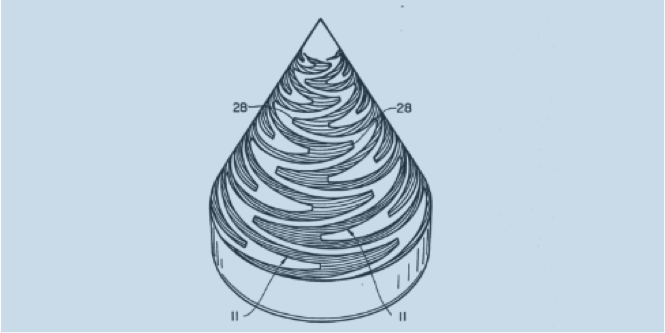If there is one common theme to the antennas Cyntony distributes, it is that they are wideband antennas. But what makes an antenna wideband? Casually, it could simply be a matter of frequency range of operation, but how much? In typical antenna fashion, it depends on antenna type, the domain of use, and often the imagination of the marketer writing the product description.
What does Wideband Mean?
Sometimes a bandwidth of 50% is good enough to call a simple antenna like a dipole wideband. Even though the natural resonant bandwidth of a dipole is typically 10% or so, designers can employ impedance matching RLC networks to extend the frequency range to make it 'wideband.'
Attaining Wideband Effects
Impedance matching is an important technique to coax an antenna structure to be wideband, against its natural tendency to be say, multiband, like a monopole or dipole.
However, there are other design techniques available to attain wideband characteristics, and sometimes, frequency independent antenna behavior. Explaining this careful attention to the geometry of the antenna conductors will have to wait for a future blog post.
Relevant Wideband Antennas

This sinuous antenna is an example of a class of wideband antennas deemed frequency independent by its geometry and shown to work well over 1000% (10:1) bandwidth.
Ten to one operation is impressive. Our partner Alaris Antennas makes many wideband antennas with similar bandwidths, such as the 400-4000 MHz OMNI-A0083 manpack antenna.
How about 40:1 frequency range? Check out the OMNI-C010 fractal antenna for a practical, inherently frequency independent by its geometry, no matching network required, wideband antenna.
Antennas for the communities Cyntony serves, mean very wide frequency ranges must be delivered. I've had more than a few conversations start with: "We need to cover DC to daylight"
Wow, that's a lot of bandwidth!



